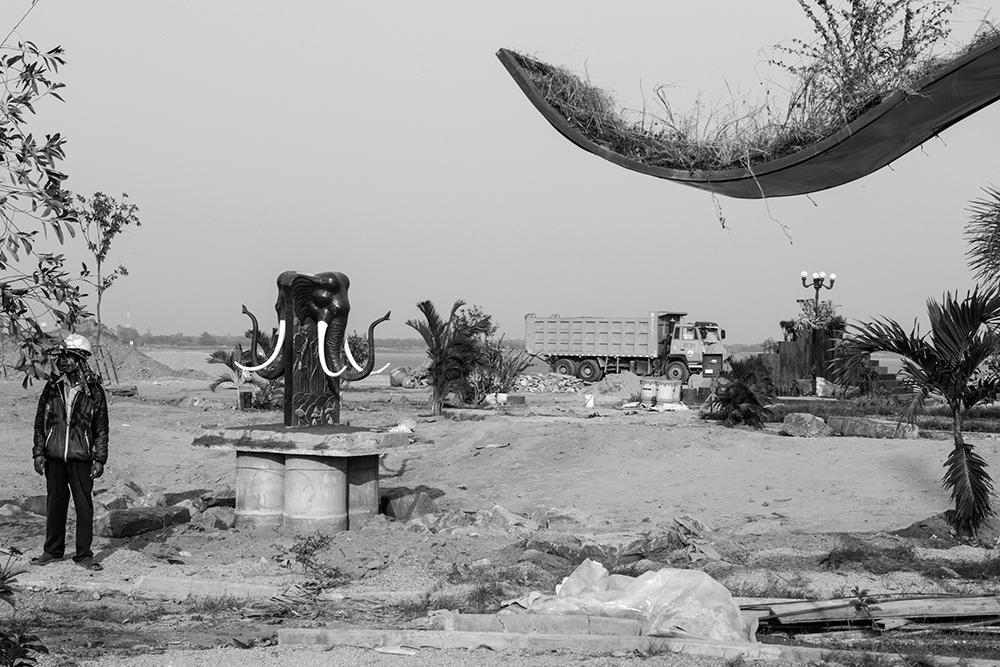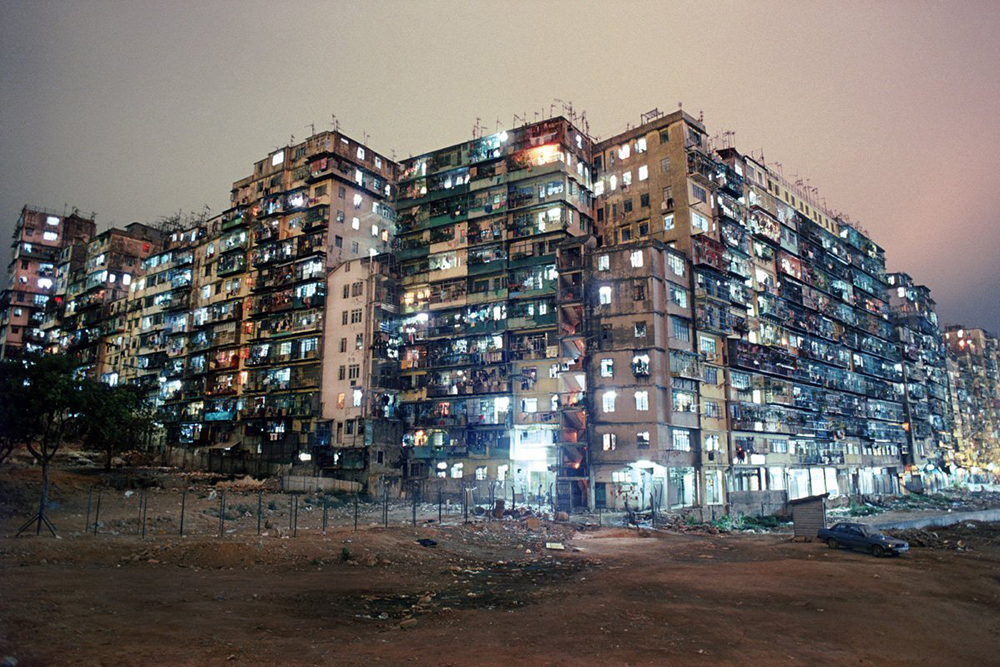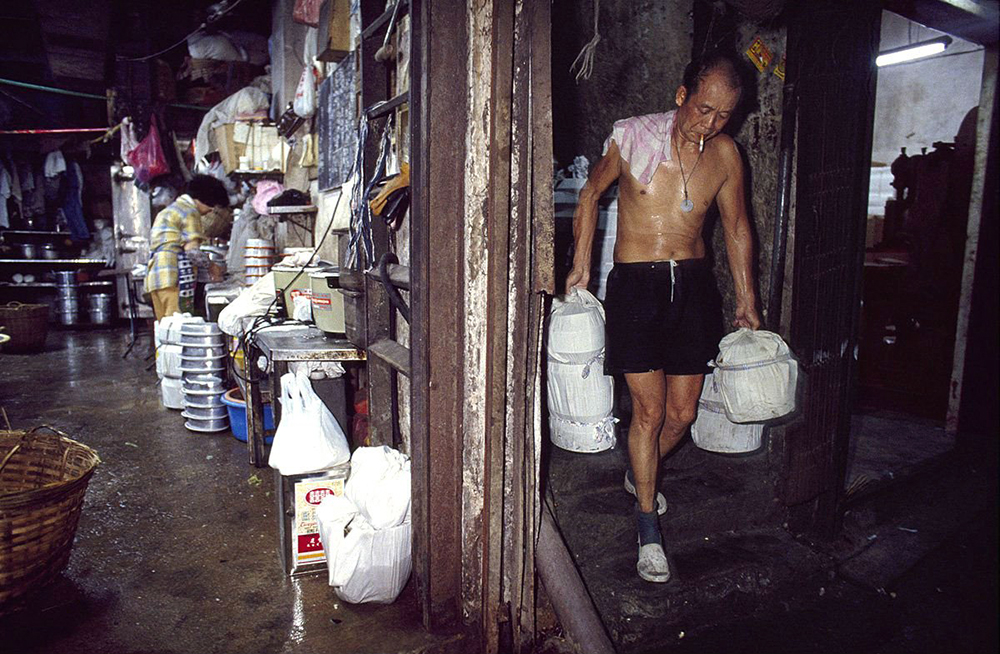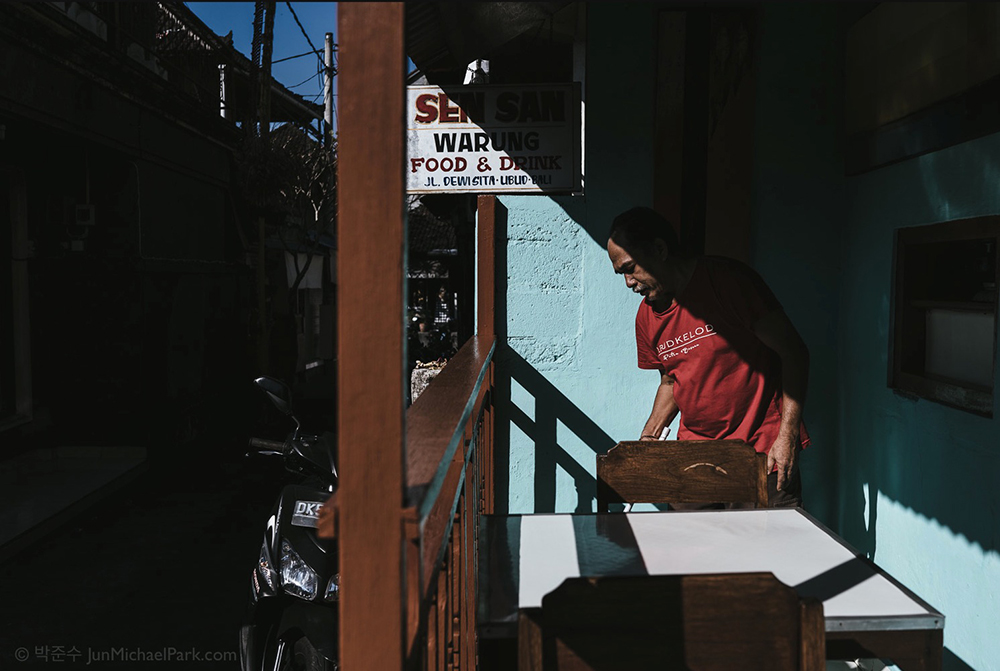
“Koh Pich, which translates into Diamond Island, sits at the mouth of where the Tonle Bassac river’s journey begins towards Vietnam. Located just in front of Phnom Penh city center, the island didn’t exist half a century ago. Its short existence has been marked by violent evictions in 2006 followed by a tragic stampede during the water festival of 2010 that left at least 339 people dead. Koh Pich has become a showcase for Phnom Penh’s developmental ambitions. The two-kilometre-long island is home to a golf driving range, the city’s largest international exhibition centre, a fire station, a new city hall and a theatre. The whole project is megalomaniac, and kitsch is on display everywhere.”

In the beginning there was sand. And many castles in the air, but they were still hidden. Koh Pich was like a bucolic pocket close to the city, an excursion goal for my Sunday afternoons. It was bare and raw, and gifted with a lot of shore where I could contemplate why I was not going to the sea.
But step-by-step over the years, the diamonds came together and it was fascinating to observe. One of the first characters to move to the island, just in front of the brand new Koh Pich City Hall, was the white rabbit with its bag of dollars. Of course, I thought of Alice in Wonderland, but this was a completely perverted version of the character. In Alice in Wonderland he has a watch, while the one in Koh Pich has dollars. ‘Time is money’…
This images were taken between early 2012 and March 2015, but my first visit was in 2009. It is as distant as a childhood memory. The first constructions, like Elite Town, already look outdated compared to the serious, Singapore-inspired buildings that are under construction these days. There used to be a water park, but only the dilapidated gate remains. A brand new ruin.

Koh Pich might seem weird or exaggerated, but in fact it is just a perfect mirror to where our society is heading to. It may be a completely artificial place, but there is a mix of recklessness and naivety that you encounter so often in this part of the world. It is not as weird as one imagines at first sight, it is just less hypocritical; people want to have fun and money, period.
One could write long analysis about the names of the streets. Elite Road, for example. Or the last housing society ‘La Seine’ which wants to refer to Paris, to its luxury and lights, but nevertheless refers as well to the ex-colonialists. You can also find Harvard, Princeton or Yale road, and it is scary to imagine that most of the people are not aware of the total irony of those names.
I don’t speak Khmer but I would love to know how the hundreds of workers perceive what they are building. The island is a dead-end, the amusement park is a dead-end. But there are moments of tenderness, young love, and children at play. A recent addition to the island’s numerous characters, a well-sized concrete pig who could be both a kind of guardian angel and a nasty voyeur, may tell you more. (Text and Pictures by Marylise Vigneau)
See more of Marylise Vigneau`s work at:
http://www.marylisevigneau.com
Marylise Vigneau is a documentary photographer from France and has been mainly documenting life in Asia focusing on cities and on what time and development or isolation do to them. A mix of her „Koh Pich“ and „Phnom Penh of the Future“, edited by Françoise Callier, will be screened in the next Angkor Photo Festival: http://angkor-photo.com






